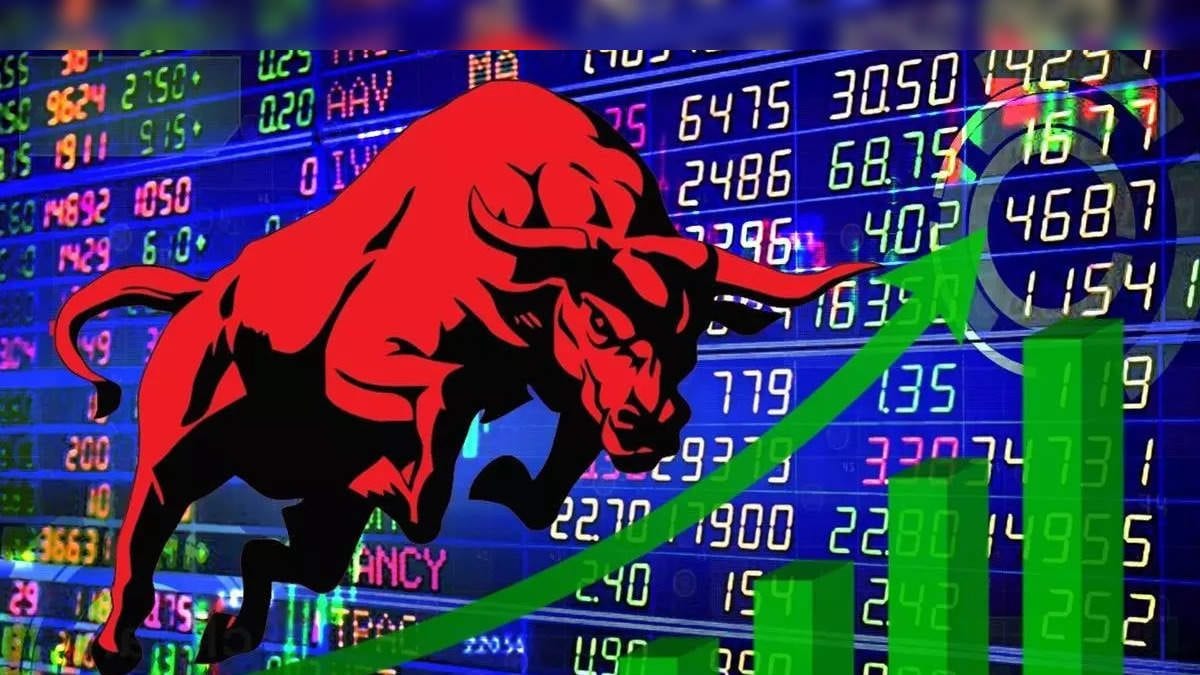The BSE Sensex leapfrogged from 70,000 to 80,000 in a timeframe of less than 7 months. Considering the 16 per cent historical CAGR record of India’s headline equity index, Sensex can hit the milestone of 1 lakh mark as soon as December 2025.
Considering the base value of Sensex at 100 in April 1979, the Dalal Street barometer has jumped 800 times in 45 years by growing at a compounded annual growth rate (CAGR) of 15.9 per cent. If Sensex continues to grow at the same pace of 15.9 per cent per annum, we will be staring at the 1-lakh landmark by December next year.
Remarkable Growth
The Sensex has surged 10 per cent in just 20 trading sessions, the fastest growth in its history. Though this rapid rally is driven by macroeconomic fundamentals, expectations of US Fed rate cuts, and pro-growth government policies, the speed at which the index is crossing new barriers makes sceptics feel it is too good to believe. It jumped from 70,000 to 80,000, the fastest 10,00 point rally too in less than 7 months or 139 sessions.
As of today, Year-to-date the Sensex has gained nearly 11.06 per cent.
When Can Sensex Hit 1 Lakh Mark?
Jigar S Patel, Senior Manager – Technical Research Analyst, Anand Rathi Shares and Stock Brokers, said: “Based on the historical Compound Annual Growth Rate (CAGR) of the Sensex, which is approximately 14-16 per cent, one could mathematically project that the Sensex might reach the 100,000 mark within a 1.5 to 2-year timeframe. However, it’s essential to consider that 2024 is a leap year, and historically, leap years often coincide with market corrections. This year, the Indian market has already faced massive volatility due to election results. Additionally, potential volatility might increase due to the upcoming budget announcement, which could lead to fluctuations or even a minor correction before the 2024 budget.”
Technicals
On the technical front, the 21-Day Exponential Moving Average (DEMA) stands around 77,837, and the 50-Day Exponential Moving Average (DEMA) is approximately 76,150, both significantly lower than the current market price of the Sensex. This discrepancy suggests that a pullback to around 76,000 could occur as part of a reversion to the mean. Additionally, the Foreign Institutional Investors (FII) long-short ratio for index futures is between 80-83 per cent, indicating heavy bullishness. Such high levels of bullish sentiment often precede a market correction.
What Should Investors Do?
For investors, a prudent investment strategy would involve booking profits at higher levels. “Given the potential for a market pullback, it would be wise to consider booking at least 30-40 per cent of profits if the Sensex tests the 81,000-81,500 range. This approach allows investors to lock in gains and be prepared to reinvest after a meaningful correction, ensuring they can capitalize on subsequent market movements,” Patel suggested.
Disclaimer:Disclaimer: The views and investment tips by experts in this News18.com report are their own and not those of the website or its management. Users are advised to check with certified experts before taking any investment decisions.
